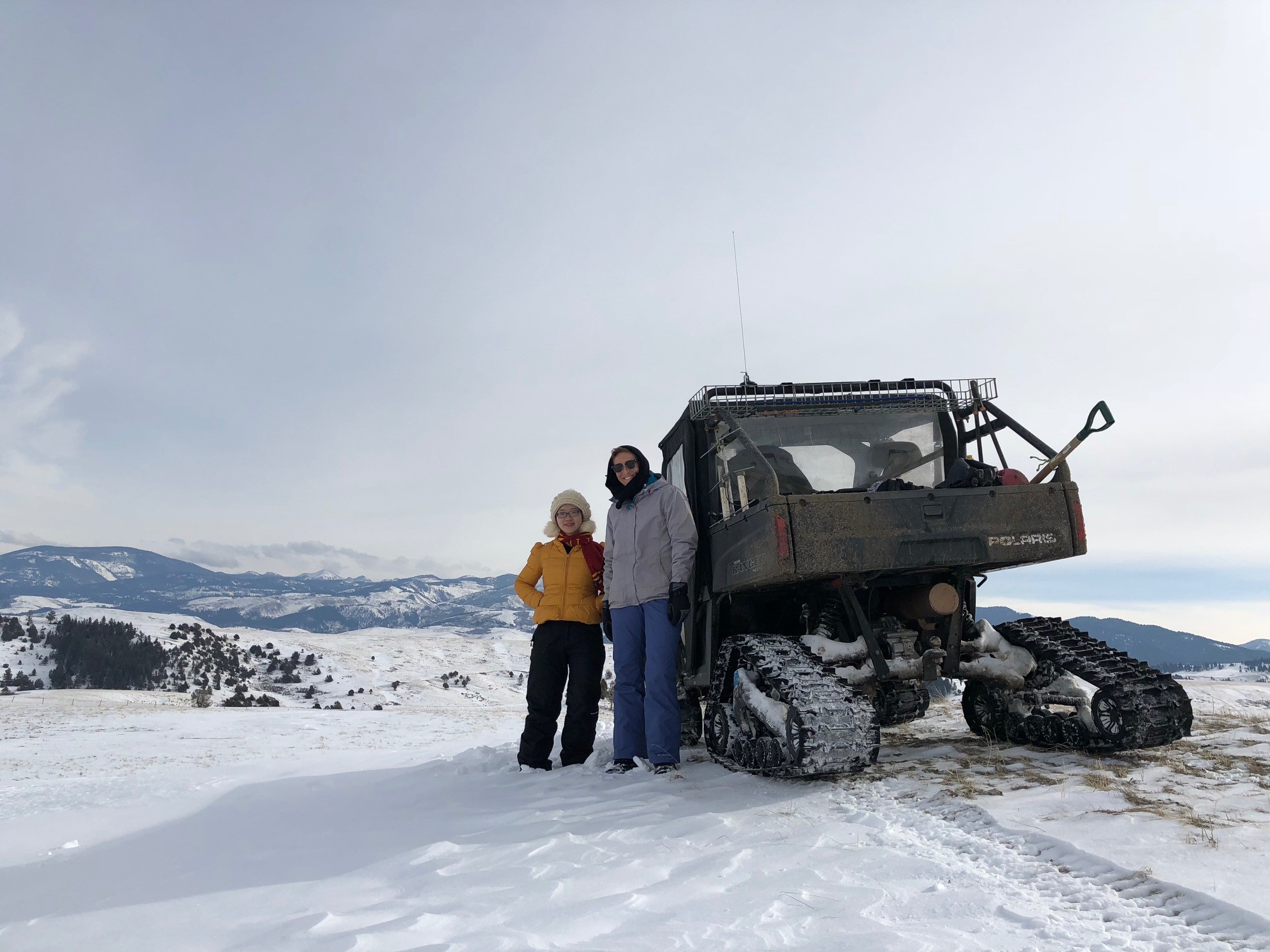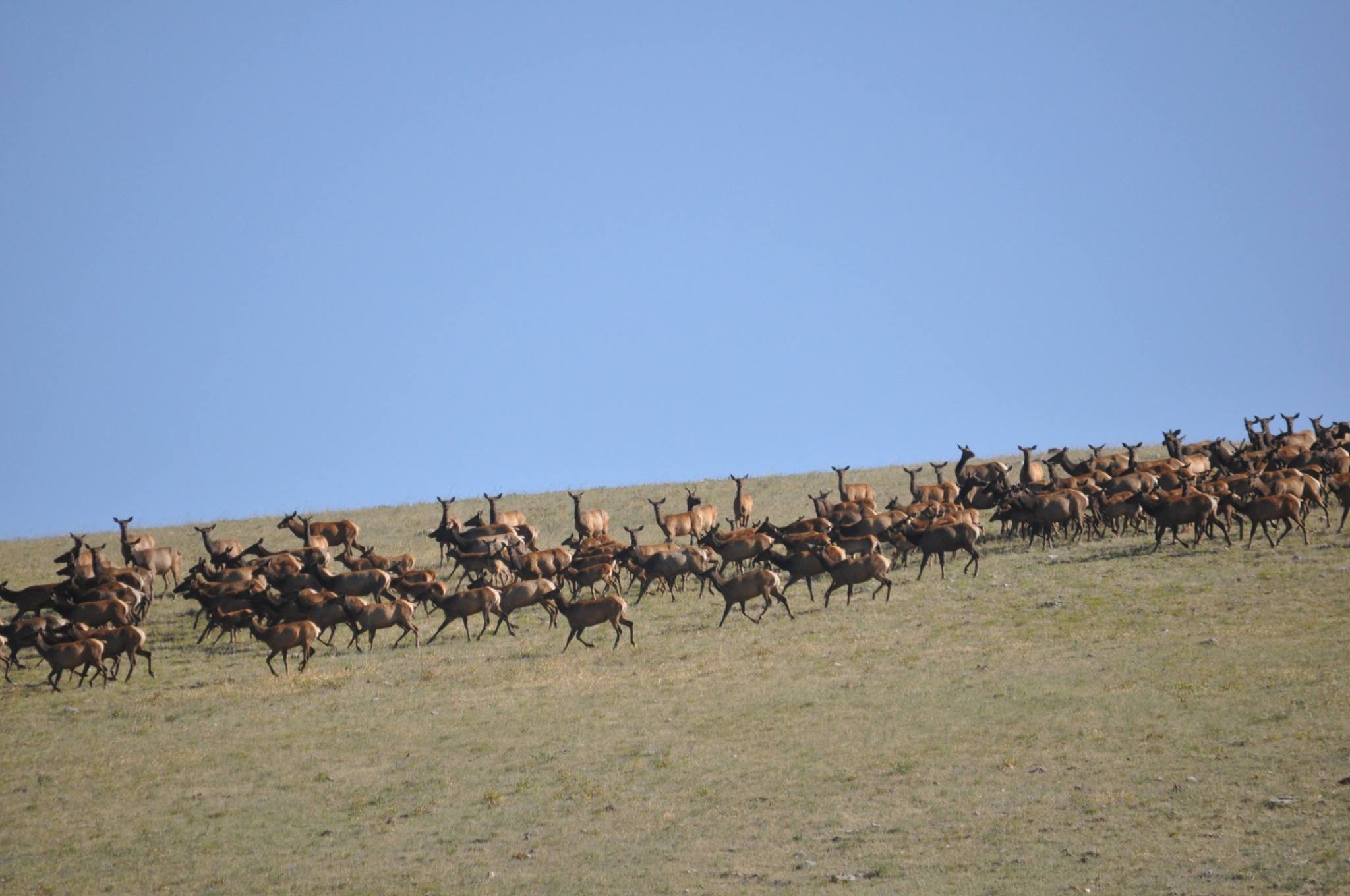
SEER Lab and QDEC Lab‘s latest publication in the Journal of Wildlife Management examines resource selection and anthrax risk in female elk in southwestern Montana. This paper, led by SEER Lab and Geography #MedGeo alum Dr. Anni Yang, builds on previous work defining male elk resource selection in the same study area and compares females to males. Anthrax risk in the area has been mapped through an ecological niche modeling approach and this study quantified areas of overlap between anthrax risk and female elk habitat. Partnering with Montana Fish, Wildlife, and Parks, we mapped cow elk habitat using a resource selection function (RSF) modeling approach from 12 elk GPS collared between 2014 – 2017.

Initially, we attempted to fit the best male RSF model to female movement data. This proved difficult, as males and females are selecting different resources during the anthrax risk period (late summer months in Montana). These differences lead to different areas of high use across the anthrax risk zone and suggest that surveillance should focus on both sexes. We also defined land ownership across the study area, identifying a patchwork of private, state, and federal land ownership, indicating the need for partnerships to sustain anthrax surveillance. This work is part of a long-term study in the site, initiated by Dr. Jason Blackburn in 2008. This project was funded through an NIH Ecology and Evolution of Infectious Diseases (EEID) grant to study co-authors Dr. Jason Blackburn and Dr. Sadie Ryan focused on anthrax ecology.